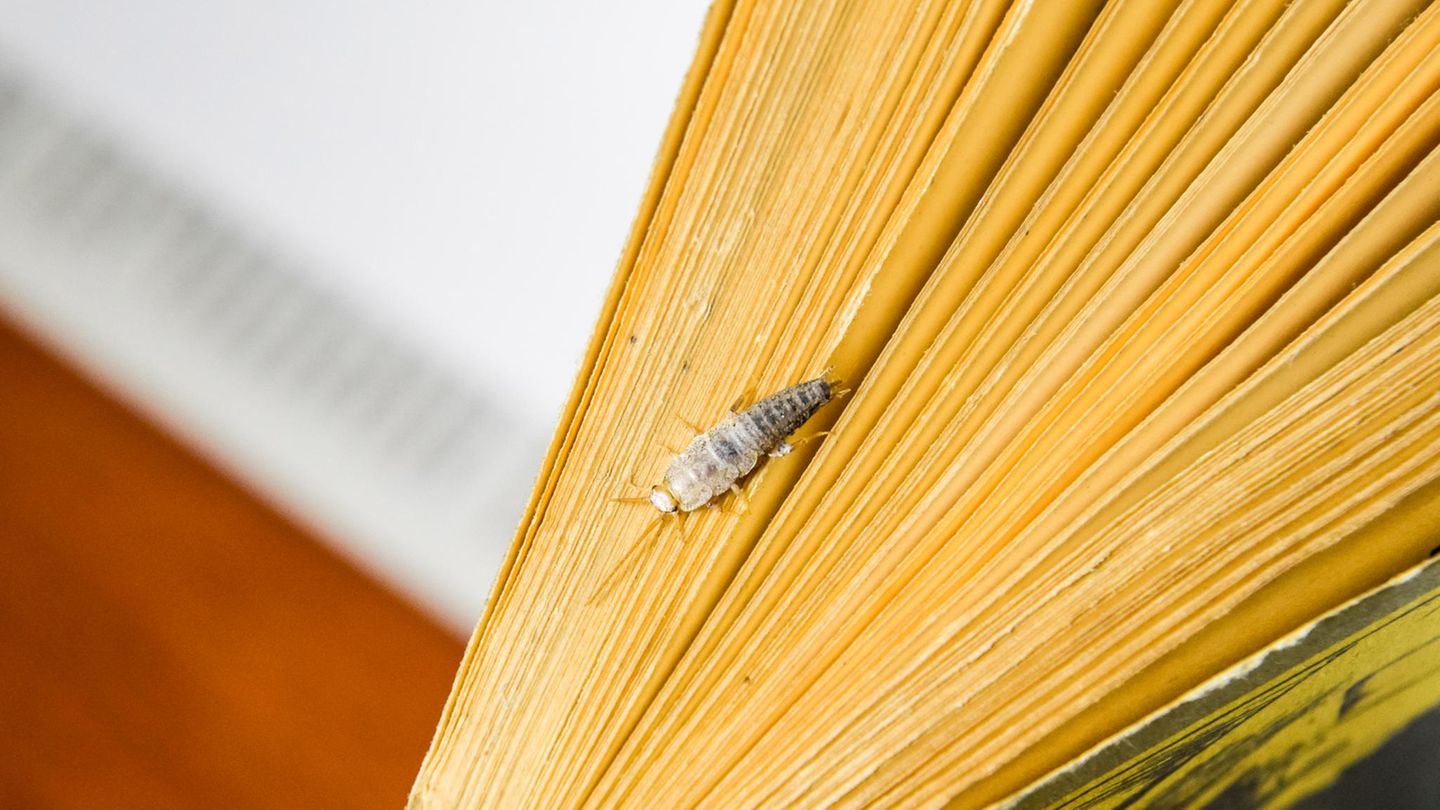A beautiful mansion in Belgrano houses young volunteers who come to train as guides to tell the story and fight not to forget; dozens of schools come every day to hear about the Holocaust again, or find out about it for the first time, but also to learn about the legacy, the tradition and the future; theaters to represent fragments of the past on stage in order to prevent the horror from repeating itself.
He Anne Frank Center turned 15 years old and reopened its museum three weeks ago, with changes to the façade, the addition of new original objects, a new script for the tour, new technologies and the launch of the store.
The reopening took place on June 12, which commemorates the 95th birthday of Anne Frank and the Day of Adolescents and Young People for Social Inclusion and Coexistence against all forms of Violence and Discrimination.
The director of the Anne Frank Center Argentina, Hector Shalom, He said: “This museum tells a story that, although it has not changed, what has changed is its meaning. Under the Nazi regime, Jews, Gypsies, and African descendants were expelled from society. We are interested in seeing this macrosocial correlation in the classrooms, because when a group does not work to include everyone, it runs the risk of expelling.”
The house where the center operates belonged to Mauricio and Hilda Szulmanwas known in the neighborhood as “Hilda’s House,” which sheltered homeless people. The vocation to embrace and transmit continues to circulate through those walls.
facade.png
During the visits, emphasis is placed on the global context, since the Wall Street crash of 1929 and a breeding ground for totalitarianism. Unemployment, discontent and poverty are some of the causes of the gradual sympathy for Nazism and subsequent support of the German people for the systematic and criminal plan to murder minorities in general and Jews in particular.
The tour reviews the propaganda apparatus, the role of the media led by Goebbels and the most interesting part comes when you go up to the first floor to visit a replica of the house where the 8 members of the Frank, van Pels and Fritz Pfeffer families hid, behind the factory where Frank works, in Amsterdam.
The beds, the bathroom, the kitchen, the stairs to the loft, the bicycle, the desk where Ana wrote her diary for an hour a day because she had to take turns with the dentist, the photos of famous artists and others torn from the walls, are some of the notable objects.
The concept of the dignity of the victims of Nazism was added to this re-inauguration, to vindicate them and to get closer to who they really were. Contents about Judaism and stories of the Jewish people were added, and to avoid falling into the impression that they were only victims. Stories about resistance during Nazism were reinforced, as another link in the construction of memory, from the Partisans to small resistances such as writing a diary that came to light thanks to Anne’s father, Otto Frank, and Anne’s timeless phrase: “How wonderful it is that we do not have to wait a minute to start changing the world.”
New original objects were added to the exhibition, such as banknotes and bank notes of different denominations from 1922 to 1923, food ration coupons used in the Netherlands between 9 July and 5 August 1944, a private album from the Olympic Games in Berlin (1936) and toy soldiers that children played with during those years.
It is common to hear the question of how they were discovered and sent to the camps, with Otto being the only survivor. It is often said that there was an informer, but the latest research maintains that the Nazis found those in hiding because of the food ration coupons, which were duplicated at the factory, and they came to investigate. What remains in doubt is how they removed the famous library that led to the secret annex without an informer.
Four videos were also included to complement the stories of the Museum guides, on anti-Semitism, hate speech during Nazism, the Holocaust and interviews with Miep Gies, protector of the Frank family, and Otto Frank, her father.
The penultimate room establishes a parallel between Nazism and the dictatorship of 1976. There, the need for memory to avoid repeating history and the search for justice emerge. The violence exercised by the State, the smokescreen of sporting events, the burning of books and other atrocities that seem to be copied. This present in Argentina and in the world is shocking, with the resurgence of anti-Semitism, the murder of Jews by Hamas and families waiting for their kidnapped people.
The visit ends in the backyard with a chestnut tree sprout that evokes the one Ana looked at every day, her only connection with the outside world. The struggle is the same, 6 million Jews in the Shoah, on October 7 of last year, with the worst massacre of Jews since the Holocaust, 30 thousand disappeared during the dictatorship. Never again.
Source: Ambito
I am an author and journalist who has worked in the entertainment industry for over a decade. I currently work as a news editor at a major news website, and my focus is on covering the latest trends in entertainment. I also write occasional pieces for other outlets, and have authored two books about the entertainment industry.




